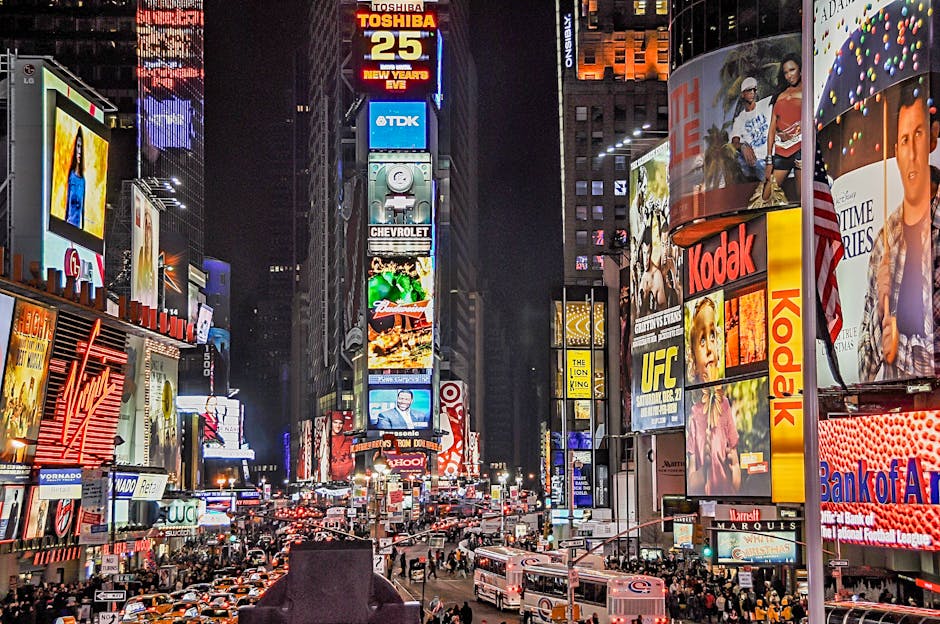In the bustling marketplace of ideas, advertising stands as a beacon, beckoning consumers toward products and services. It's a subtle art that blends psychology, persuasion, and creativity to leave an enduring mark on our thoughts and emotions.
Advertising has evolved dramatically since its humble beginnings in ancient Egypt. From painted signs to radio jingles, from television commercials to digital campaigns, it has continuously adapted to technological advancements and societal shifts. Today, advertising is ubiquitous, reaching us through myriad channels and platforms.
At the heart of effective advertising lies an understanding of human behavior. Advertisers meticulously study consumer motivations, desires, and fears to craft messages that resonate deeply. They employ storytelling, humor, and emotional appeals to connect with audiences on a personal level.
The visual aspects of advertising are equally crucial. Eye-catching imagery, vibrant colors, and memorable logos help brands establish a distinct identity in the crowded marketplace. Advertising visuals not only convey information but also evoke emotions and create associations with the brand.
Effective advertising campaigns strike a delicate balance between persuasion and integrity. While they aim to influence consumer behavior, they also have a responsibility to be truthful, transparent, and respectful. False or misleading claims can erode consumer trust and damage the brand's reputation.
Advertising plays a significant role in shaping our perception of the world. It introduces us to new products, sparks our imagination, and influences our purchasing decisions. It can also promote positive social values, raise awareness of important issues, and inspire us to make a difference.
However, the power of advertising comes with great responsibility. Unethical or irresponsible advertising practices can harm consumers and society at large. It's essential to ensure that advertising is fair, safe, and adheres to ethical guidelines.
As technology continues to advance, advertising will undoubtedly undergo further transformation. Artificial intelligence, virtual reality, and other emerging technologies offer exciting possibilities for even more personalized and engaging advertising experiences.
Ultimately, the art of advertising is about capturing hearts and minds. By understanding human psychology, employing creativity, and upholding ethical standards, advertisers can create campaigns that make a lasting impact and drive meaningful connections between brands and consumers.
